Michael Hiltzik: Musk and other tech gurus say human-like robots are the next big thing. Don't hold your breath
Published in Op Eds
With AI beginning to look as if it has reached a deployment plateau — if not a lessening of hype — high-tech promoters and investors are on the hunt for the next big thing. And they're focusing on humanoid robots.
You know the species because androids have been a mainstay of science fiction since before Isaac Asimov coined the "three laws of robotics" for a novelette published in 1942.
Since then, popular culture has given us Robby the Robot in the film "Forbidden Planet" (1956); Rosie the Robot, a household helper dressed in a maid's garb in "The Jetsons" (1962); Marvin the paranoid android in "The Hitchhiker's Guide to the Galaxy" (1978); suspect robots in the movies "Alien" (1979) and "Aliens" (1986); and others too numerous to count.
Now, tech entrepreneurs are trying to convince us that a world in which humans and androids share living spaces is just around the corner. Venture investors have been pouring billions of dollars into humanoid robotics companies.
At a Tesla event in July, Elon Musk predicted that humanoid robots could eventually produce "$30 trillion in revenue" for the company and called them "probably the world's biggest product." And at a 2022 presentation, Musk asserted that the advent of humanoid robots like Optimus, Tesla's entry in the android lists, would mean "a future where there is no poverty. ... It really is a fundamental transformation of civilization as we know it."
Brett Adcock, founder and CEO of the robotics company Figure, says its "master plan" is reliant on humanoid robots that "resemble the human body in shape — two legs, two arms, hands, and screen for a face. With one product we can meet the complex human environment with human-like capabilities, and provide endless types of support across a variety of circumstances."
Here's what a leading robotics expert thinks about these notions: "Believing that this will happen any time within decades is pure fantasy thinking."
The words are those of Rodney Brooks, who I've described as "one of the world's most accomplished experts in robotics and artificial intelligence." He's the co-founder of IRobot, the maker of the Roomba robot vacuum cleaner; co-founder and chief technology officer of RobustAI, which makes robots for factories and warehouses; and former director of computer and artificial intelligence labs at MIT.
He's also the author of an annual scorecard of high-tech predictions, in which he tests hype against reality. In his most recent scorecard, issued on Jan. 1, 2025, he warned, "right now there is incredible hype for ... humanoid robots, especially humanoid robots that are going to learn how to do things." He predicted that "a robot that seems as intelligent, as attentive, and as faithful, as a dog" wouldn't appear before 2048. ("This is so much harder than most people imagine it to be," he wrote.)
What about "a robot that has any real idea about its own existence, or the existence of humans in the way that a six year old understands humans"? He placed that in the scorecard category of "not in my lifetime," by which he means not before 2050, when he will turn 95.
In short, he comes to the subject of humanoid robots with knowledge born of hands-on experience, so his caution demands our attention.
I asked Tesla and Figure to respond to Brooks' critique, but they didn't reply.
One of Brooks' persistent themes is that laypersons can't grasp the difficulty of translating technological concepts into reality — that some problems are far more difficult to solve than their promoters admit.
If a technology "is far enough away from the technology we have and understand today, then we do not know its limitations," he wrote in 2017. "It becomes indistinguishable from magic." And of course a skilled magician, like a technology executive pitching a product, can make an audience believe anything.
So let's take a look at the pitfalls on the way to a world in which humans cohabitate comfortably with humanoid robots.
The first is the notion that robots doing human-like tasks need to look like humans. This is the guiding ethos of Figure. "We could have either millions of different types of robots serving unique tasks," Adcock stated, "or one humanoid robot with a general interface, serving millions of tasks."
One problem here is that robots assigned to specific tasks don't need to look like humans. The robotic equipment deployed on Tesla's factory floors don't — they look like purpose-built machines, suited for their work. Brooks observes that "the visual appearance of the robot ... tells the buyer or user what to expect from it."
A humanoid robot implicitly promises that "because it is human shaped, it ought to be able to do things that humans do now," writes Benjie Holson, who is director of robotics at RobustAI. But "just being human shaped isn't enough: you also need the strength, dexterity, perception and intelligence to accomplish those tasks. Being human shaped is also not required."
The Roomba vacuum, which Brooks' company developed and markets, "looks like a flat disk. It cleans floors." It's round so it can turn in place without running into another object, and flat so it can clean floors overhung by kitchen cabinets. "It does not look like it could clean windows, and it cannot."
By contrast, the Packbot, a remotely operable military robot that is also an iRobot product, runs on treaded wheels, which signals to users that it can go over rough terrain or obstructions. During the Fukushima reactor cleanup in 2011, Packbots could maneuver through buildings that were filled with tsunami-driven rubble; a humanoid robot with two legs would have been stymied into uselessness.
Giving a robot two arms and two legs suggests it can do things humans do with those appendages, but robotics designers haven't figured out how to make them do all those things as well as humans. One obstacle is that designers haven't been able to replicate the very crucial human sense of touch or operate with human-like dexterity.
"Getting a robot to manipulate objects with its arms and hands," Brooks writes, "has been hard for every researcher and industrial engineer ... to this day." Robot arms tend to be equipped with two- or three-pronged pincers or with suction cups. Human hands, however, are equipped with thousands of nerve endings of dizzying variety, giving fingers the feedback needed to grip and manipulate tools. Machines don't have that.
An indication of the limitations this introduces is the prevalence of online of videos showing robots performing one specific task: folding clothes. (Figure has a video of a robot doing exactly that, and it's been a staple of robotics conferences.)
They're good at it! The demonstrations look impressive because clothes folding seems complicated, but really isn't. "You need a good amount of precision," Holson observes, "but not too much precision."
Folding clothes is an repetitive task that doesn't depend on sensory feedback, and if the robot screws up the process, no one is likely to be injured or killed. Laypersons might be gulled into extrapolating from clothes-folding to genuinely complicated tasks, but that would be a mistake.
Another task challenging for human-like robots is one that would appear to be routine: walking.
"Humans are stretchy springy systems, that very nearly walk without much in the way of neural control," Brooks writes. Robots depend on powerful motors to provide balance, but they're not dependable except in carefully curated environments such as laboratories. Anything in the way when one tips over "gets a really solid whack of metal against it. And if that anything happens to be a living creature it will often be injured, perhaps severely." (I challenge anyone to watch this compilation video of walking robots falling over during a government robotics event in 2015 without laughing out loud.)
It's not surprising that robot demos seldom show humans interacting closely with walking robots. Brooks advises that people stay at least three yards away from full-sized walking robots. "Until someone comes up with a better version of a two-legged walking robot that is much safer to be near, and even in contact with, we will not see humanoid robots get certified to be deployed in zones that also have people in them."
These are only some of the snags standing in the way of a humanoid robotic future. "Most of what we see in the news about robots is lab demonstrations," Brooks writes — or even less: When Musk introduced Optimus in 2021 as an outgrowth of Tesla's work on self-driving cars (also works in progress), it was a man in a robot suit.
"Great looking videos are just not the same things as working for a customer every time," Brooks says. Most robots found today on factory lines or other settings require kill switches allowing a human to shut them off. "If a customer ever feels the need to hit that button then the people who have built and sold the robot have failed. They have not made it operate well enough that the robot never gets into a state where things are going that wrong."
So how will the humanoid robot revolution unfold? "What it means to be a humanoid robot will change over time," Brooks predicts. They will lose the human anatomy so familiar from science-fiction, in favor of designs that make them safer, steadier, and more adept. "Humanoid robots will get wheels instead of feet ... with nothing that any longer really resembles human legs." Some will have three arms, some with five fingers and others with pincers.
"There will be many, many robots with different forms for different specialized jobs that humans can do. But they will still be called humanoid robots. And a lot of money will have disappeared, spent on trying to squeeze performance, any performance, from today's humanoid robots. But those robots will be long gone and mostly conveniently forgotten."
Once the designers abandon their dream of shoehorning functionality into humanoid appearance, the result may actually be useful — for humans.
____
©2025 Los Angeles Times. Visit at latimes.com. Distributed by Tribune Content Agency, LLC.
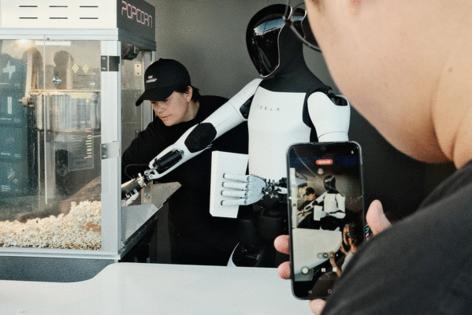


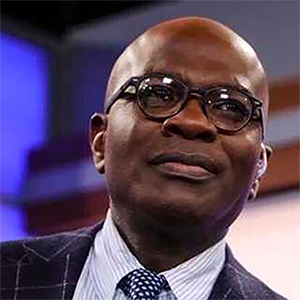



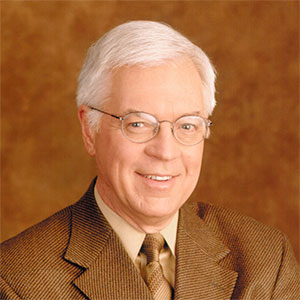

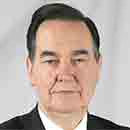
















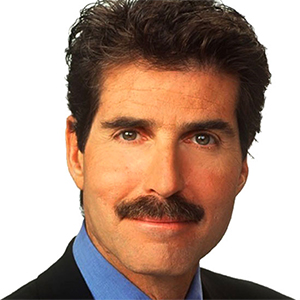




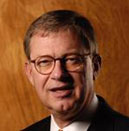




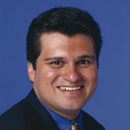


















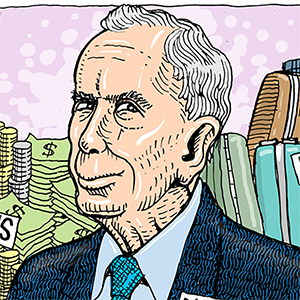
Comments